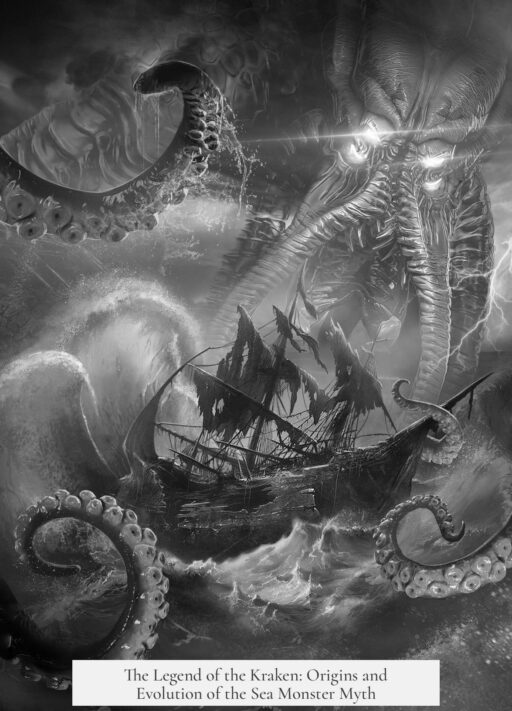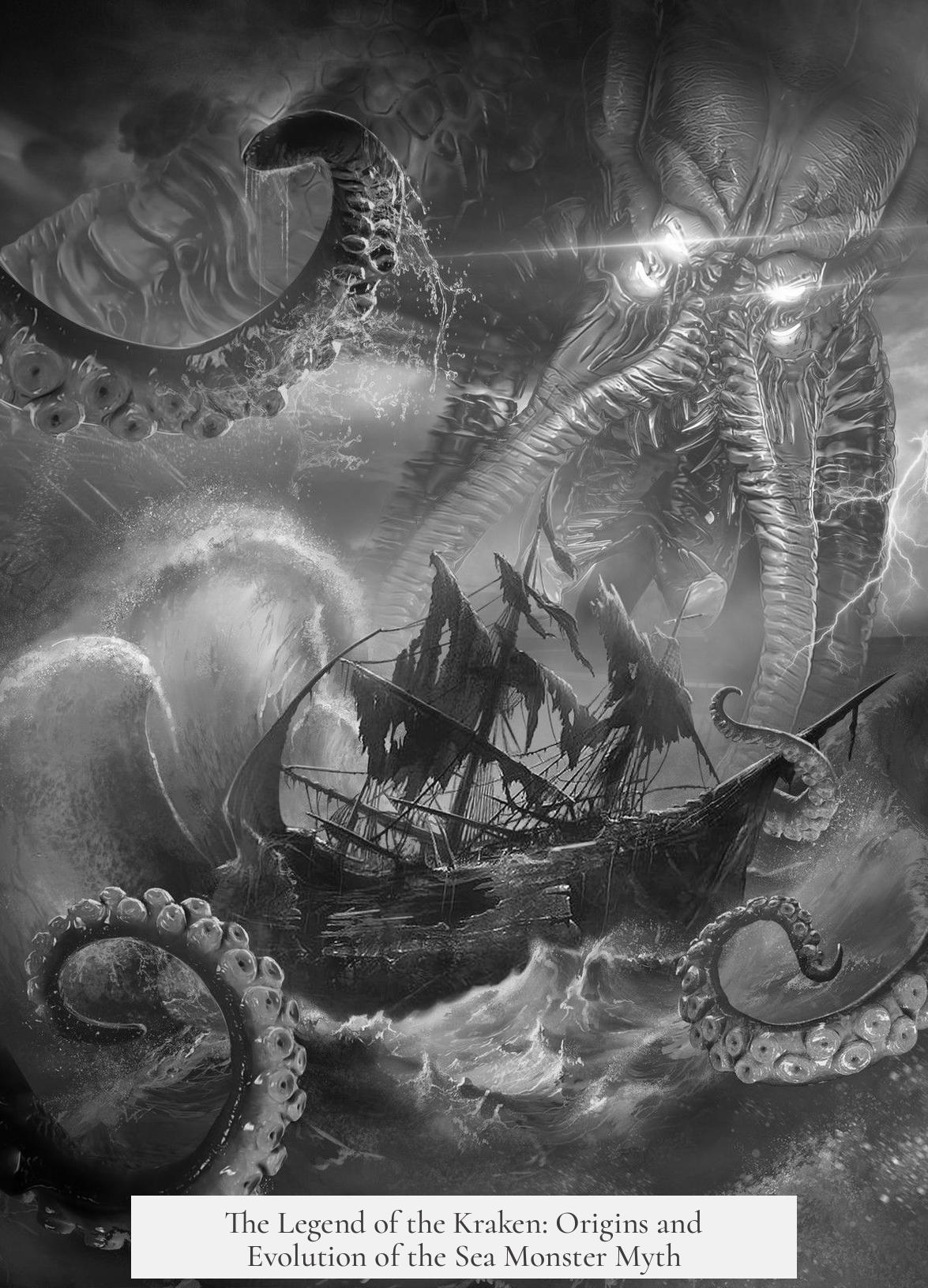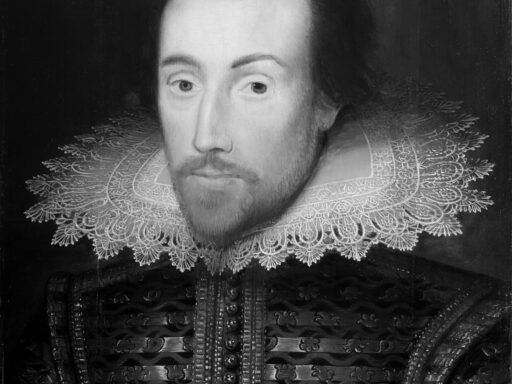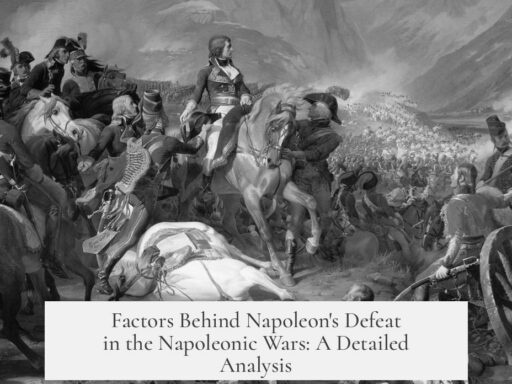The legend of the Kraken originates from 18th-century Scandinavian writings, particularly from Danish bishop Erik Pontoppidan’s 1753 book Det første Forsøg paa Norges naturlige Historie. Pontoppidan synthesized various sea-monster tales into a single creature called the Kraken, describing it as a giant octopus-like animal that lurks deep underwater but poses little threat to ships or humans. This early concept later evolved into the modern squid/octopus form familiar today through literary and popular culture references.
The Kraken first gained attention with Pontoppidan’s account. He did not merely document folklore but crafted a composite creature drawing from multiple regional names and myths. The Kraken, also called Kraxen, Krabben (crab), Horven (sea-harrow), Søe-Horven (sea harrow), and Anker-Trold (anchor troll), appears as a large polyp—commonly interpreted as an octopus or starfish. The term “Krake” itself is a dialect word for octopus in Norwegian and German, related linguistically to “crooked” or meaning an old or sickly animal.
Pontoppidan’s stories describe the Kraken as a sea monster that stays at the ocean floor. Its presence attracts numerous fish, sometimes misleading fishermen about water depth based on their soundings. When the depth readings drop rapidly, it signals the Kraken rising toward the surface. Instead of attacking ships, it prompts fishermen to row away to avoid danger. He specifically states there are no verified records of the Kraken destroying vessels or harming people.
- Some believed jellyfish (“medusa-heads”) were baby Krakens.
- A decomposed Kraken reportedly washed ashore in Alstahaug in 1680, described as having long arms or antennae.
- Pontoppidan dismissed tales of disappearing islands tied to sea monsters but entertained that some might be misidentified Krakens or whales.
Significantly, no mentions of the Kraken predate Pontoppidan’s work. Nor is it clear how widespread the Kraken name or its specific attributes were before this. Other Scandinavian sea-creatures like Søe-Trolden (“sea troll”) share overlapping traits. Current Kraken lore largely traces back to Pontoppidan’s synthesis rather than deep-rooted folklore.
The Kraken’s modern form as a giant squid or octopus largely comes from later cultural works. Lord Alfred Tennyson’s poem “The Kraken” broadened public imagination in the 19th century, portraying the Kraken as a vast, ancient sea creature. Herman Melville referenced it in his classic novel Moby-Dick, further embedding the Kraken within Anglo-American pop culture. Twentieth-century films and literature expanded its image as a colossal tentacled sea monster, influenced by real giant squid sightings and deep-sea exploration.
This shift toward the squid/octopus form aligns with scientific discoveries of large cephalopods. As naturalists encountered giant squids, these animals became the logical inspiration for the Kraken’s physical depiction. Popular media reinforces that portrayal, often emphasizing monstrous size and destructive power, a contrast to Pontoppidan’s original narrative that downplayed ship attacks.
The Kraken legend reflects a blend of myth and early marine observation. While Pontoppidan’s writings compile and reinterpret scattered folklore, his Kraken remains distinct from more violent or malevolent sea monsters in other traditions. The transition to today’s colossal squid icon stems from literary embellishments and modern fascination with ocean mysteries.
- Erik Pontoppidan unified varied Scandinavian sea monster tales into the Kraken legend in 1753.
- The Kraken originally described as a deep-sea octopus-like creature attracting fish, not destroying ships.
- Earlier folklore references to Kraken do not exist; Pontoppidan’s account forms its foundation.
- Lord Tennyson and Herman Melville popularized the Kraken in 19th-century literature.
- Modern squid/octopus depiction develops due to real giant squid discoveries and cultural portrayals.




